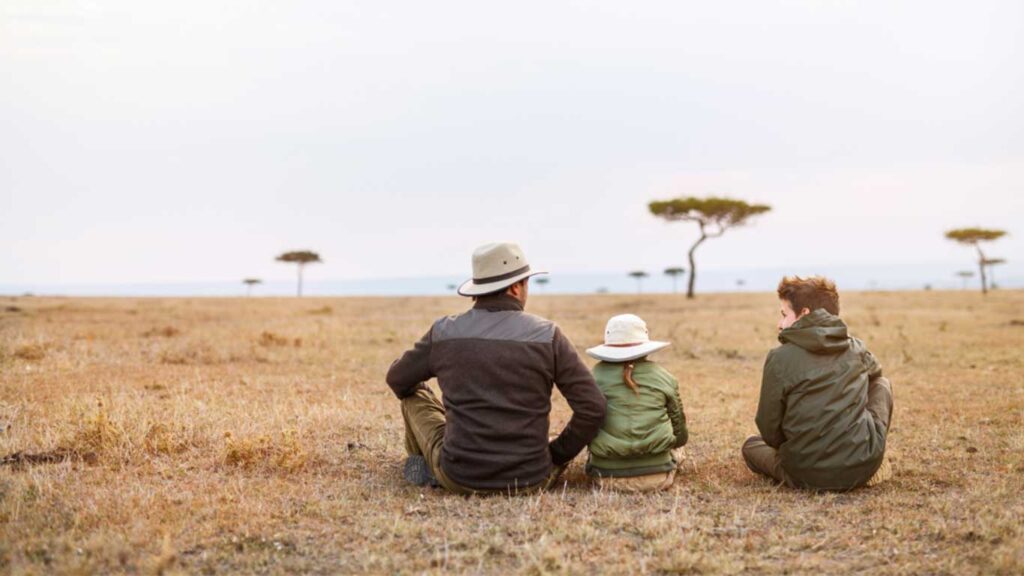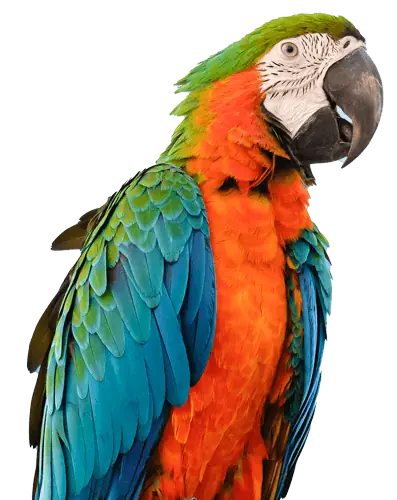The Ideal Time to Explore Tanzania
Planning your trip to Tanzania? Timing can make all the difference in your experience. You’re likely asking, “When’s the best time to visit Tanzania?”
The answer largely hinges on your preferences and what you aim to explore. Weather, especially during your visit, plays a significant role in shaping your experience.
Across the year, Tanzania’s attractions welcome visitors. Yet, it’s the dry season, stretching from June to October, that’s often considered the prime time to visit Tanzania.
Why is June to October the Best Time to Visit Tanzania?
- Clear Skies and Sunny Days: Perfect weather sets the stage for a delightful stay.
- Enhanced Wildlife Visibility: Sparse vegetation due to water scarcity makes it easier to spot animals concentrated around water sources, ideal for safaris.
- Migration Highlights: This period showcases the peak moments of the migration, including the Grumeti and Mara river crossings.
- Ease of Mobility: Dry conditions make moving around much more manageable than during the rainy season.
- Optimal for Kilimanjaro Ascents: Favorable weather increases chances of summiting Africa’s highest peak.
- Mosquitoes are Fewer: The dry season sees fewer mosquitoes compared to the rainy season.
- Group Activities and Parties: Easier planning and participation in group tours and activities are feasible.
- Diverse Activity Options: Dry seasons offer a plethora of activity choices.
Considerations for this Peak Season:
- High Prices: Accommodations and tours may come at a premium during peak season.
- Crowds: Expect many travelers; if tranquility is your preference, this may not suit you.
- Dusty Roads: The dry climate creates dusty road conditions.

Other Favorable Times to Explore Tanzania:
- November to March: This period includes several distinct months worth considering.
- November: Dry, sunny, and less crowded.
- December: Return of the great wildebeest migration herds, transitioning from sunny to short rain showers.
- January to February: Calving season for the migration, great for predator sightings.
- March: Ambiguous weather, close to the end of the wildebeest calving season.
- April to May: This period, although the least preferred due to heavy rains, has its own advantages.
- Lower Rates: Lower prices for accommodations and tours.
- Lush Scenery: Greenery and attractive landscapes.
- Migratory Birds: Ideal for birdwatching with the presence of migratory birds.
Consider these times to tailor your Tanzanian adventure to your preferences and desired experiences.


